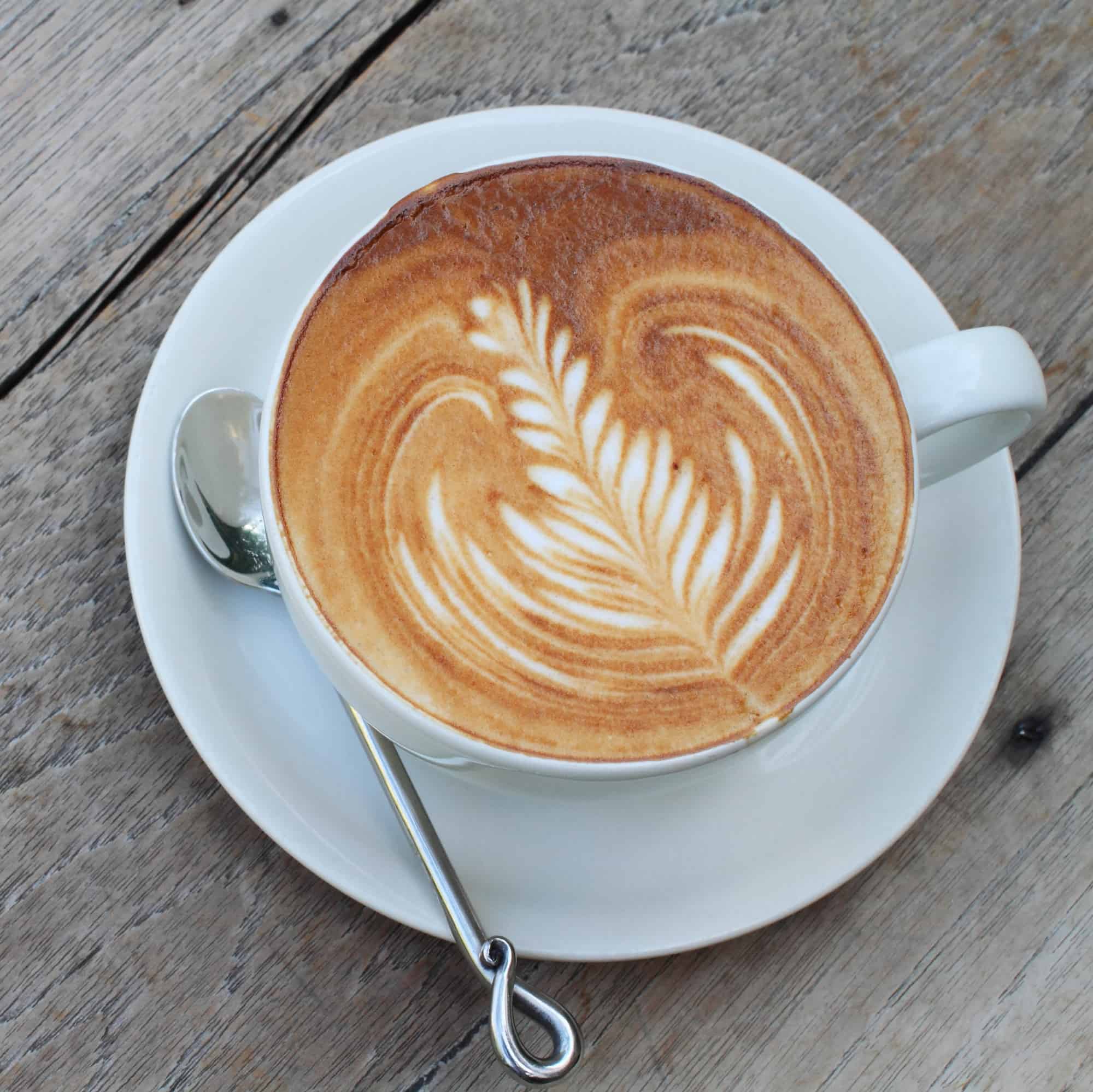For every coffee that we at Driftaway Coffee offer, we list the region the coffee came from and a few notes about that region. We share this information because the region’s environmental conditions have an effect on the coffee’s final taste. Although the term isn’t used too often by coffee drinkers, terroir describes how the growing conditions of a region, or even more specifically an individual farm or plot, affect a coffee’s characteristics.
Terroir Describes Environmental Conditions
Terroir is often used to describe wine, but it can also be used for coffee. “Terroir” comes from the French word “terre,” which translates “ground,” “earth” or “land.” It encompasses all environmental conditions that affect the final beverage’s taste.
For coffee, these include things like:
- soil
- annual rainfall
- average temperature
- amount of sunlight
- elevation.
Even less-discussed factors like the nearby flora and fauna are included in a coffee’s terroir.
Terroir is Unique to a Region
Because terroir is created by a region’s environmental factors, it’s unique to each region. Terroir is the reason why a coffee from Kenya won’t taste like one from Brazil, and neither would show the qualities that Sumatra is known for. All of these countries, and the regions within them, have different growing conditions, so their coffees have distinct terroirs.
Even the same region’s terroir may be different from one year to the next. For example, an abnormally dry or wet growing season could significantly impact how that year’s coffee matures, which would, in turn, impact how brews made from those coffee beans taste. Since rainfall is an environmental factor, it’s part of the terroir, and these changes would fall within the term’s scope.
Terroir also can’t be replicated in a lab setting. So many factors influence a region’s terroir that it’s impractical, if not impossible, to exactly replicate them in a controlled experiment. Scientists may be able to isolate one or a few variables, but they can’t create truly identical growing conditions.
Terroir is One Factor That Affects Coffee
For all its importance, terroir is just one factor that affects a coffee’s final taste. Processing and roasting also significantly affect how a coffee tastes, as does brewing. Both processing and roasting, especially, can significantly impact how much the terroir of a coffee is emphasized or deemphasized.
Finding Coffees with Terroir
If you’re interested in learning (and tasting) terroir in a coffee, look for lighter roasts that showcase origin characteristics. At Driftaway Coffee, our Fruity Profile is our lightest roast and lets the coffee’s terroir shine. You can still taste a lot of origin characteristics in our Balanced Profile. (Our Classic and Bold Profiles have less terroir, as they are roasted a little darker than the other two profiles.) Try our current Fruity or Balanced coffee, and pay special attention to the origin characteristics you taste.

